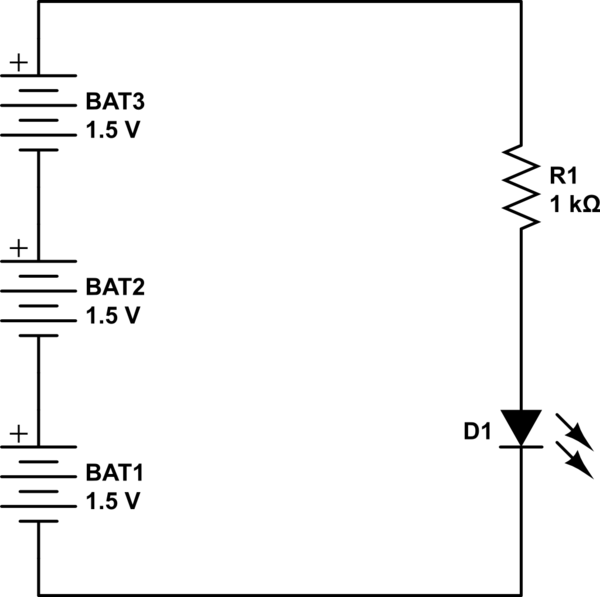First off, forget about powering your circuit with a battery. You'll need to get a DC power supply, although those are cheap enough on eBay. The voltage you'll need will depend on the details of the circuit you produce, and I'll get to that.
Your effect sounds cool, but be aware that you'll need a lot of independent circuits to get smooth crawling, unless you go for more sophisticated drivers than you're currently up for. Let's say you want 33 separate segments of 3 LEDs each (just for convenience and as a starting point which uses all 100, er, 99 LEDs).
First, double-check your LED operating voltage. Make a circuit like this

simulate this circuit – Schematic created using CircuitLab
Generally, blue LEDs don't like to have more than 5 volts applied backwards to them, which is why I suggest 3 1.5 volts batteries. Use this to tell you which pin on the LED is + and which is -, and make sure you record this. With the LED lit, use your meter to measure the LED voltage, and then the resistor voltage, which should be in the vicinity of 1 volt. The current through the resistor (and thus the LED) is 1 mA per volt across the resistor. With the LED orientation established, you can try reducing the resistor to see how bright the LED gets at various currents and voltages, and at some point you'll destroy the LED. No worries. Now you know how NOT to drive the LEDs. I'd recommend using no more than 1/2 the lethal current as your operating goal. Now you know the target LED voltage and current you want. Let's assume, as a reasonable starting point, 10 mA and 3.5 volts.
Each display segment can use 3 LEDs in series, and a single resistor to set the LED current. The voltage across the resistor should be equal to at least one LED voltage in order to keep the total current fairly stable - LED voltages will vary a bit from unit to unit. If the LED voltage is 3.5 volts at 10 mA, the total voltage across all elements will be $$V = 4 \times 3.5 = 14 volts$$, and a convenient DC power supply voltage will be 15 volts. Total current will be 33 segments times 10 mA, or 330 mA. A 15-volt, 1-amp supply will be a very good starting point.
Wire size to each segment is pretty much irrelevant, since 10 mA is very small. #24 to 26 hookup wire will do you fine. However, you'll need to get a soldering iron and some fine solder (.050 inch diameter resin-core is what you want). Also learn about tinning your iron tips.
Driving your segments is going to be a learning experience for you, and you'll need to learn something about digital logic. You can start with an Arduino and use digital outputs, but the Arduino will not directly support 33 segments. Each segment will look like

simulate this circuit
where the 450 ohms sets the LED current, and is approximate. You can use almost any value in the vicinity, and play around with different values to get the brightness you want.


